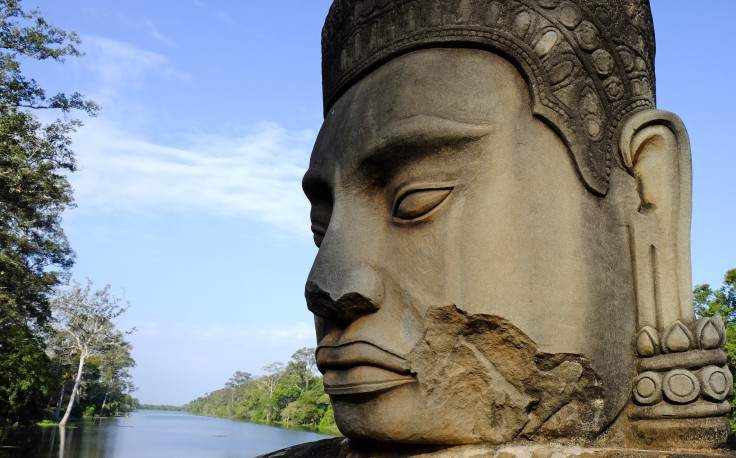Angkor Wat mystery: Lidar technology reveals hidden city in Cambodian jungle

Angkor Wat and its temples have always been subjected to intense scrutiny by archaeologists. However, much of its surrounding areas are covered by jungles so dense, that navigating inside them is nearly impossible. Hence, Australian archaeologist Damian Evans, the leader of the Cambodian Archaeological Lidar Initiative (CALI), attached a Lidar scanning system to helicopter skids and peered beneath the 734 square miles of dense rainforest cover to map the topography of the ground.
In a surprising twist, the new technology found dozens of new sites that were previously unknown to archaeologists. Moreover, Evans found noteworthy evidence of large-scale efforts to shape the land. One of the unearthed cities is as huge as New York. Evans presented his findings at the Royal Geographic Society in London.
Evans’ endeavour was nearly ending in disappointment as even a decade-long search failed to return results. Certain structures posed unique difficulties. Houses that were built during that time were made of wood. They had long biodegraded. However, the Lidar technology was a success. It showed that residents in that city built houses on mounds to keep floods away.
The expedition has provided enough evidence of sophisticated water management systems as far back as the fifth century. The discovery has opened new realms of scholarship and has offered incredible insights into the downfall of the Angkor Empire, writes Pittsburgh Post-Gazette.
The Lidar can do things in hours that machetes and shovels take years to find. The new technology presents amazing opportunities for scientists, researchers and archaeologists as it can tell a lot of things about the past. The technology has not only offered new insights into the Khmer Empire that ruled Cambodia from around the 9th to the 15th centuries, but also into the people that lived in the area much before that.
“We had spent a decade on the ground … looking for a city that we figured must be around somewhere … surrounding this temple. All of a sudden, the city has more or less instantly appeared on the screen in front of us. It had been hiding in plain sight. A city that we figured wasn’t there just appeared,” Evans told The Washington Post.





















